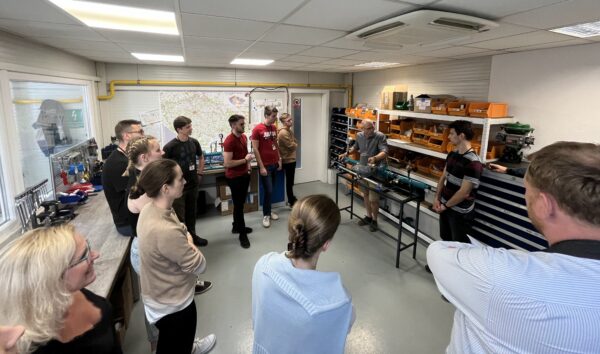29. 6. 2022
Water and its pollution: bacterial contamination of surface water is most likely to occur in summer
Bacteria and other microorganisms, among others, are commonly found in both surface water and groundwater. Many of them are natural, but undesirable ones get into the aquatic environment as well. Problematic bacteria are found in surface water especially during the summer months. Groundwater, on the other hand, is more likely to be contaminated by wastewater or agricultural activities.
Surface and ground raw water in the Czech Republic can be contaminated by a wide range of microorganisms. According to the Czech Hydrometeorological Institute, the situation is worse in case of surface waters. The summer months in particular tend to be problematic. At higher water temperatures, the level of contamination can deteriorate over a period of days or even hours.
Water quality depends on the hydrological situation in a given year. That is, on precipitation and its area and seasonal distribution in combination with summer air temperatures. This is especially the case of small and low-flow watercourses. In addition to the weather, bacterial contamination is also influenced by human impact on the environment. In case of surface waters, it is more typical for the lower reaches of watercourses, which are more affected by human activities. “However, small watercourses higher up are also affected due to illegal discharges of wastewater. This is because these streams are not monitored as much,” explains Petr Hajný, Director of HUTIRA – VISION.
The contamination of raw water with faecal bacteria is also often caused by inadequate wastewater treatment. “In such case, it is so-called point source pollution. There are also so-called area sources of pollution, such as livestock grazing. This way, bacterial contamination can get into raw water either through seepage or runoff, typically during heavy or prolonged rainfall,” adds Petr Hajný.

In the future, pollution could be tracked by a monitoring device
All of the above processes cause the quality of the raw water, which is the input for the production of drinking water, to vary. It depends not only on whether the source is under the ground or on the surface, but also on whether the underground source has a shallow or deep flow.
The condition of raw water is of primary interest to a water company or other entity that is responsible for the subsequent treatment of such water into drinking water. The treatment removes dangerous bacteria and hazardous elements that can cause health complications if ingested. “The required water treatment is determined according to the indicator bacteria and other parameters so that the resulting product, i.e. drinking water, meets the quality indicators set by legislative regulations. The quality of each raw and treated water must be regularly checked as well,” says Petr Hajný.
HUTIRA – VISION has long been dedicated to improving water quality in terms of bacterial contamination. “We want to use the knowledge and research that has been going on at Masaryk University for some time, especially in the field of biosensing. A prototype monitoring device should be created that would be able to determine the presence of microbiological contamination in water in the shortest possible time and therefore give an immediate impulse to stop the water supply,” concludes Petr Hajný
